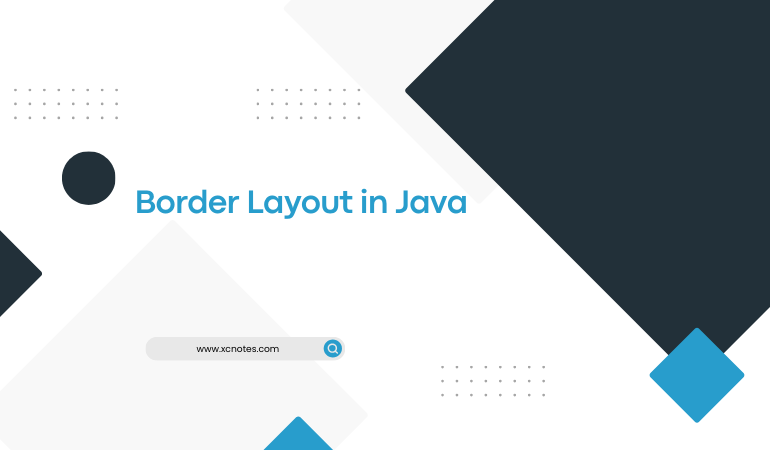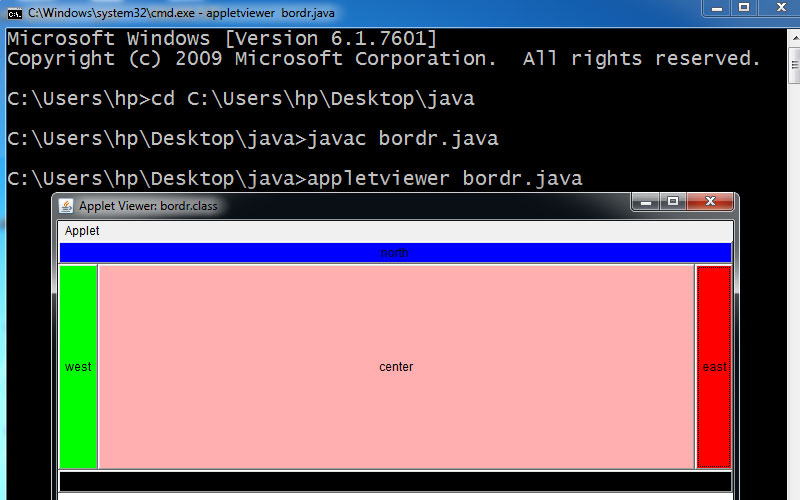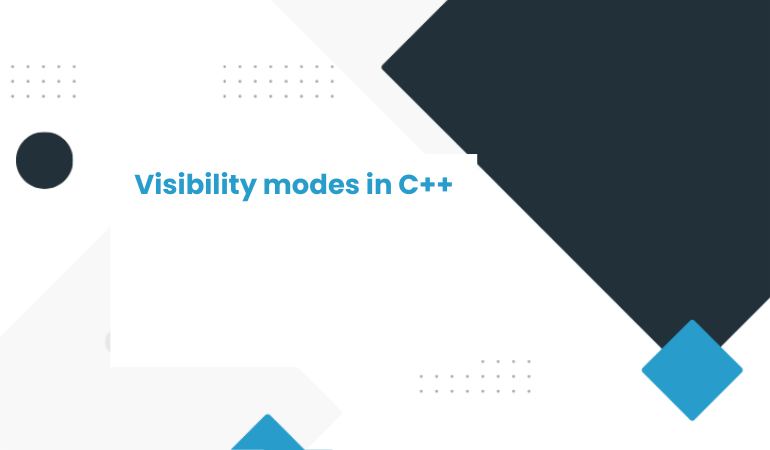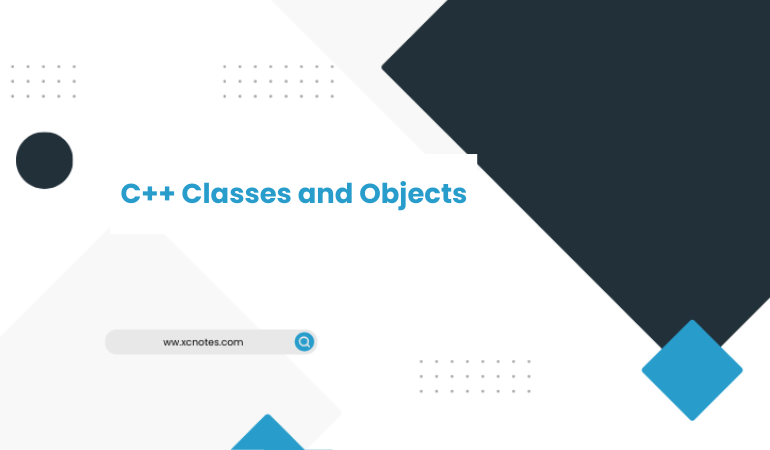
Border Layout in Java
BorderLayout divides the container into five parts (directions),east,west,north,south,centre. By using this Layout we can place AWT components in each part (different location).
BORDER LAYOUT IN JAVA EXAMPLE
import java.awt.*;
import java.applet.*;
public class bordr extends Applet
{
Button b1,b2,b3,b4,b5;
public void init()
{
b1=new Button(“east”);
b1.setBackground(Color.RED);
b2=new Button(“west”);
b2.setBackground(Color.GREEN);
b3=new Button(“south”);
b3.setBackground(Color.BLACK);
b4=new Button(“north”);
b4.setBackground(Color.BLUE);
b5=new Button(“center”);
b5.setBackground(Color.PINK);
setLayout(new BorderLayout());
add(b1,BorderLayout.EAST);
add(b2,BorderLayout.WEST);
add(b3,BorderLayout.SOUTH);
add(b4,BorderLayout.NORTH);
add(b5,BorderLayout.CENTER);
}}
/*<applet code=”bordr.class” height=300 width=300></applet>*/

Explanation….
In the above example, we create five Buttons controls for the five regions: EAST, WEST, NORTH, SOUTH, and CENTRE. Add() is used for adding the components in BorderLayout.



gd lotto
I found it useful